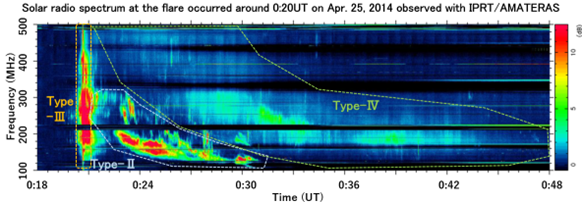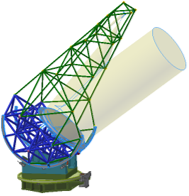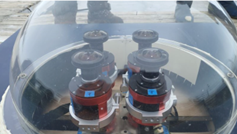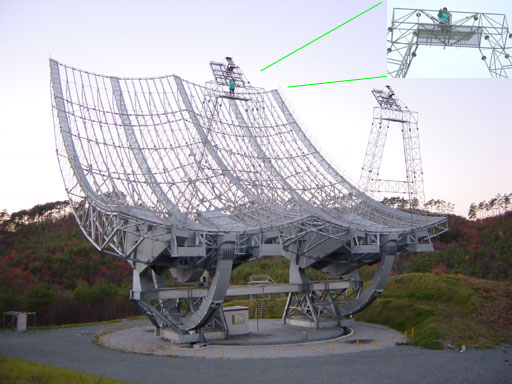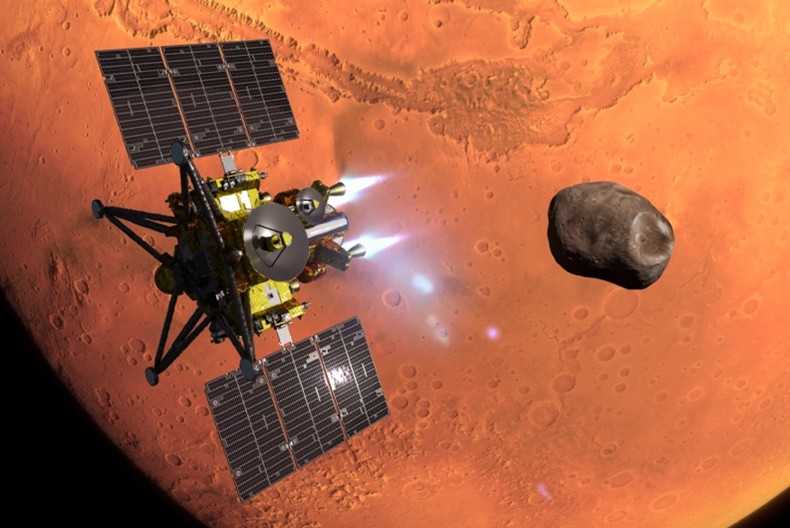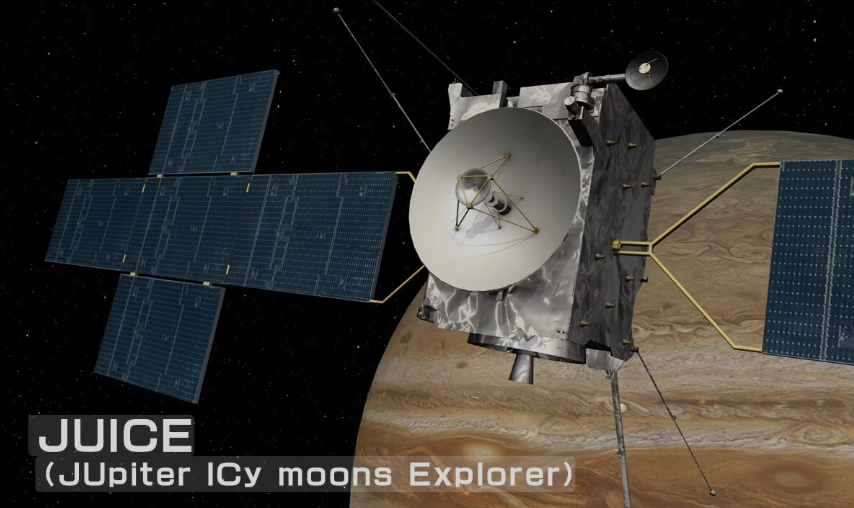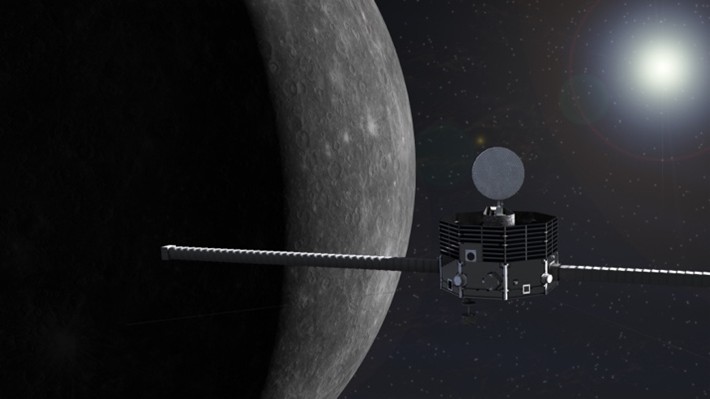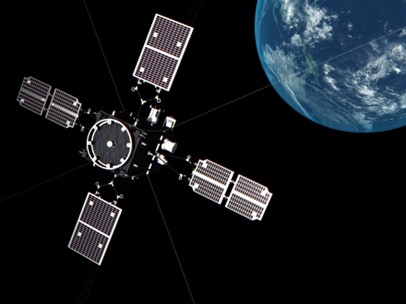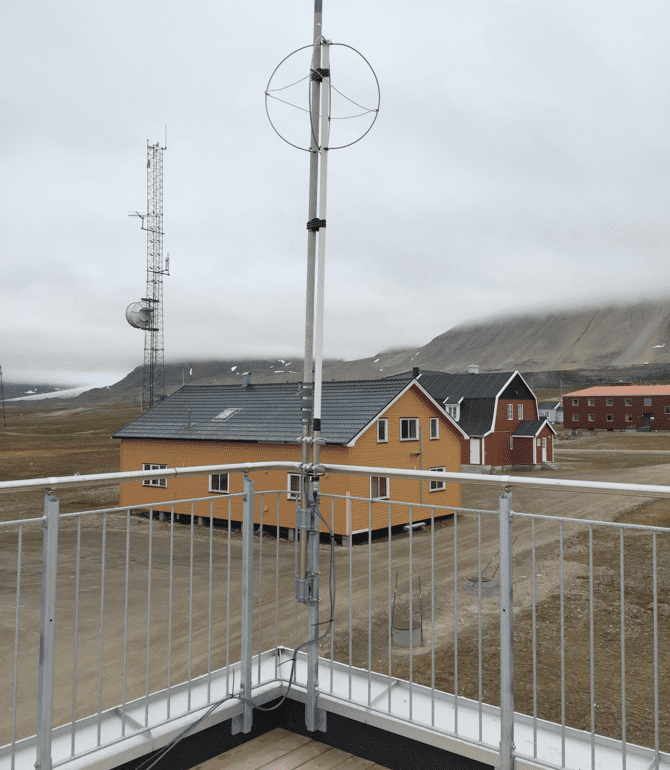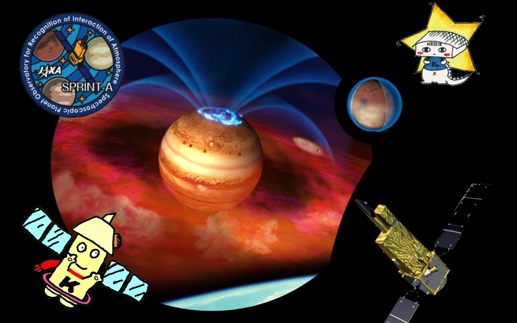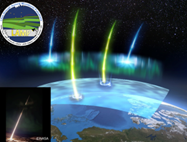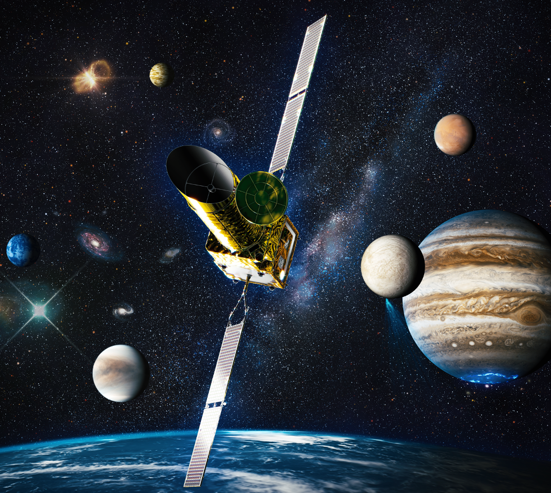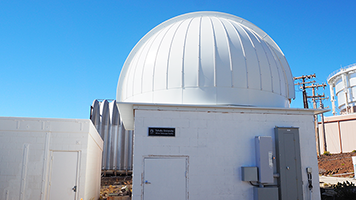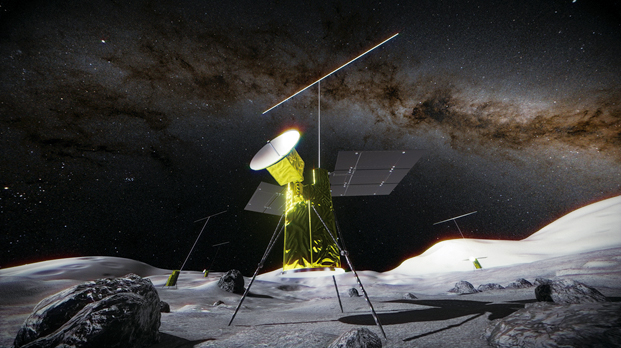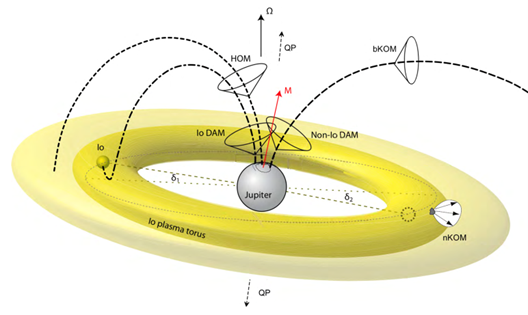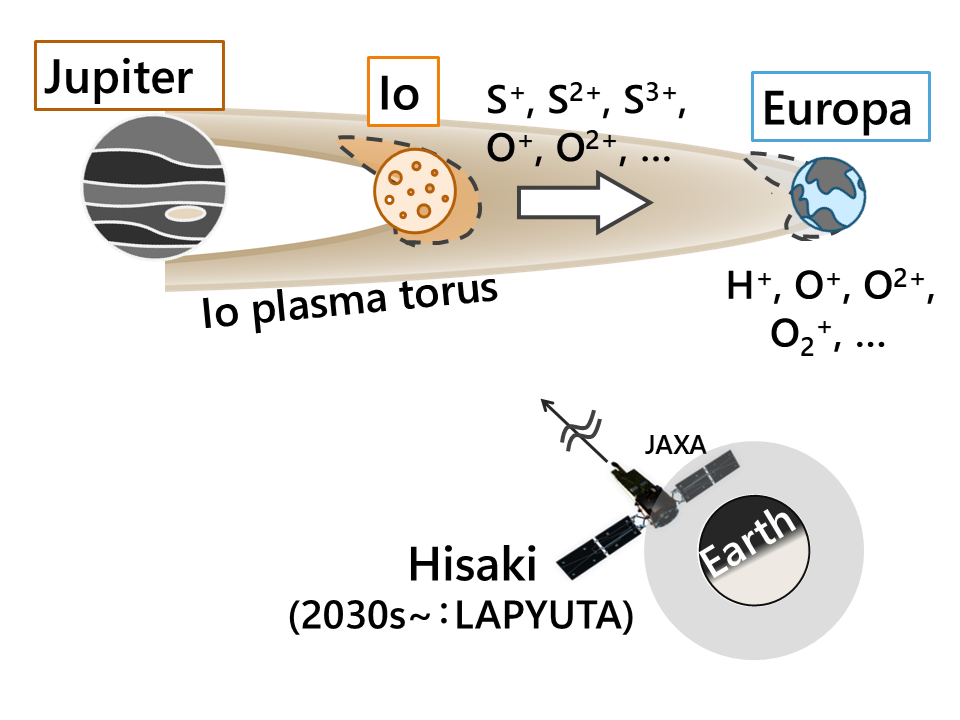Sunspots are regions where strong magnetic fields exist. Occasionally, the configuration of these magnetic...
2025-09-01
The PLANETS (Polarized Light from Atmospheres of Nearby Extra-Terrestrial Systems)telescope is a 1.8-meter off-axis...
2025-08-15
We are developing a near-infrared camera (TOPICS) and a high-dispersion Echelle spectrograph (wavelength resolution...
2025-08-05
Multi-wavelength observations of ground-based all-sky cameras are important for understanding the morphology and other...
2025-07-31
IPRT (Iitate Planetary Radio Telescope) is a large aperture radio telescope developed in 2001...
2025-07-31
MMX (Martian Moons eXploration) is a mission led by JAXA (Japan Aerospace Exploration Agency)...
2025-07-31
JUICE (JUpiter ICy moons Explorer) is a spacecraft developed by the European Space Agency...
2025-07-31
The Hisaki satellite is equipped with an extreme ultraviolet spectrograph and is the world’s...
2025-06-25
Pulsating aurora is one type of aurora which variates with a period of several...
2025-06-25
The LAPYUTA mission aims “to explore the habitable environment of the Universe” and “to...
2025-06-25
In September 2014, we opened the T60 observation facility, a telescope dedicated to observing...
2025-06-25
TSUKUYOMI is a low frequency radio telescope that deploys a number of radio antenna...
2025-06-25
FACTORS is a future formation flight satellite mission at an altitude range up to...
2025-06-25
Jupiter possesses an exceptionally strong magnetic field, and within its magnetosphere lies a vast...
2025-06-24
We focus on the volcanically active Io and the icy moon Europa. Sulfur and...
2025-06-24


